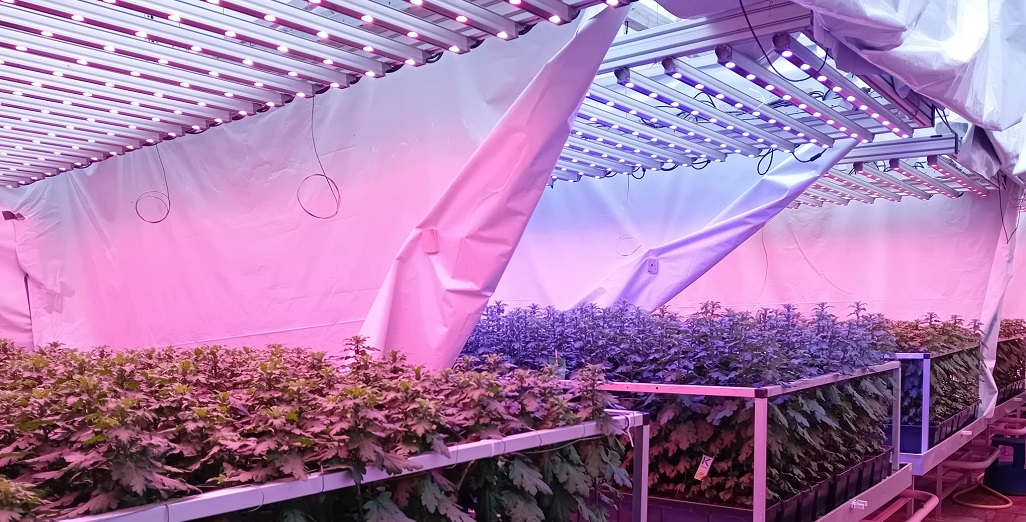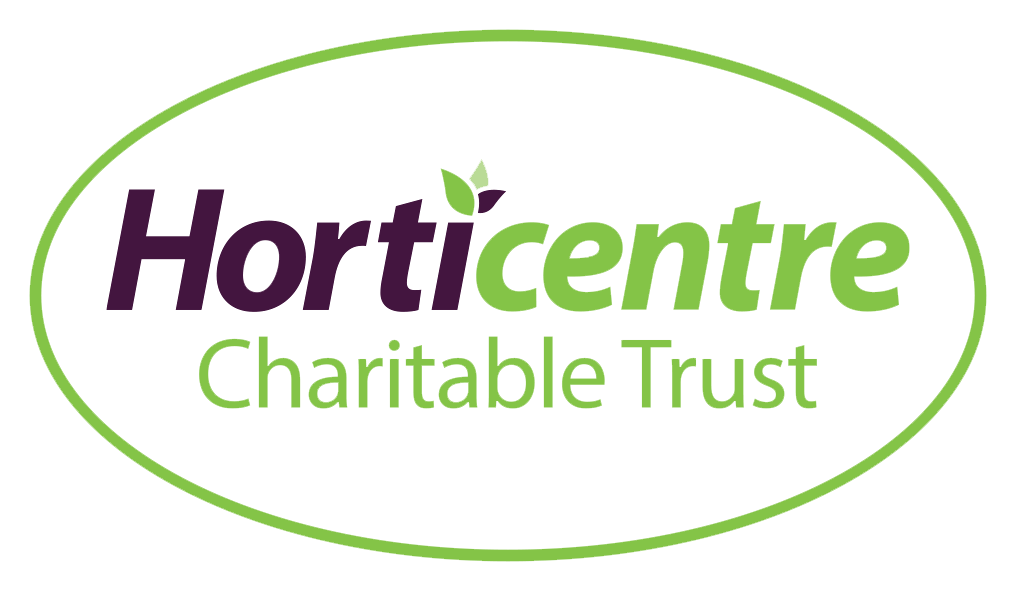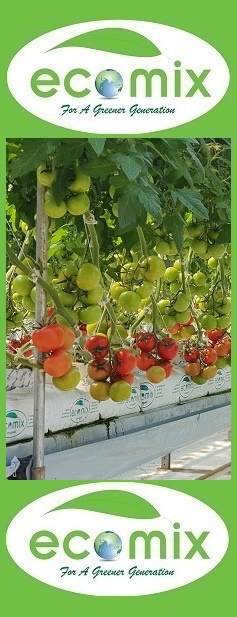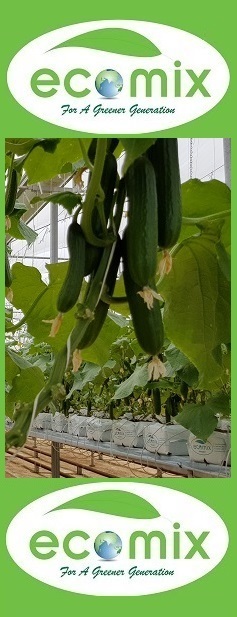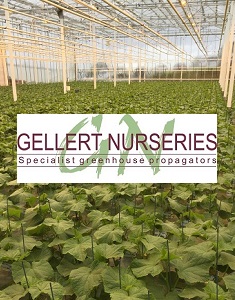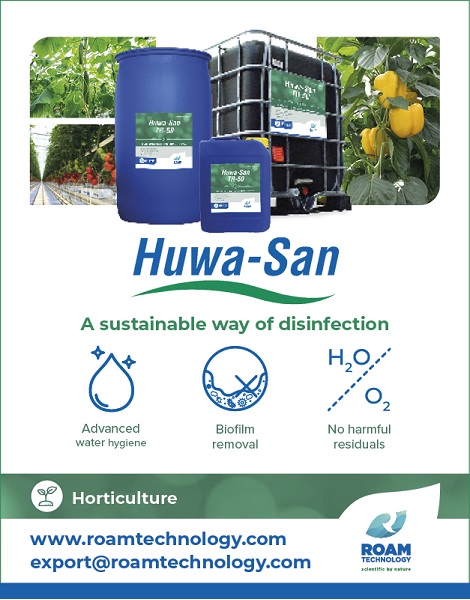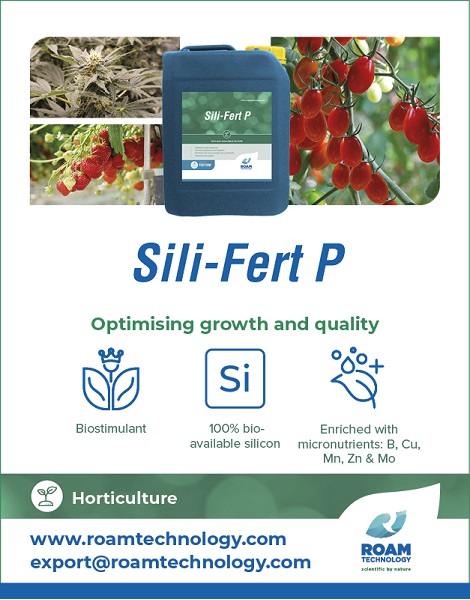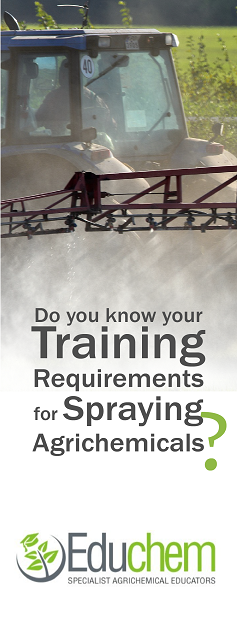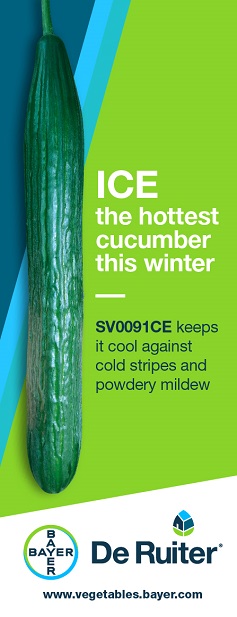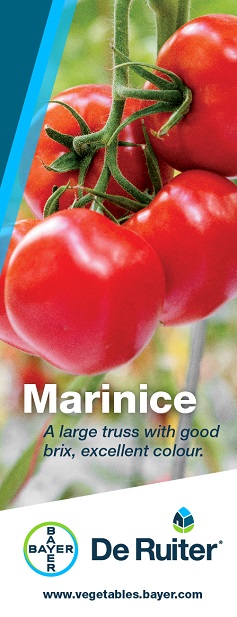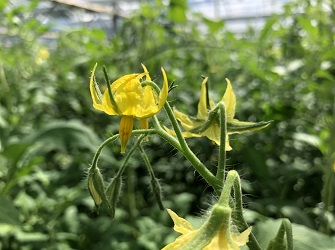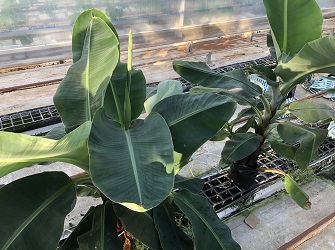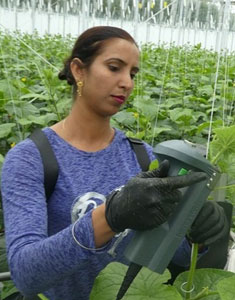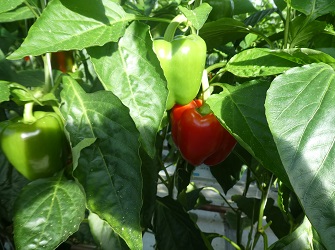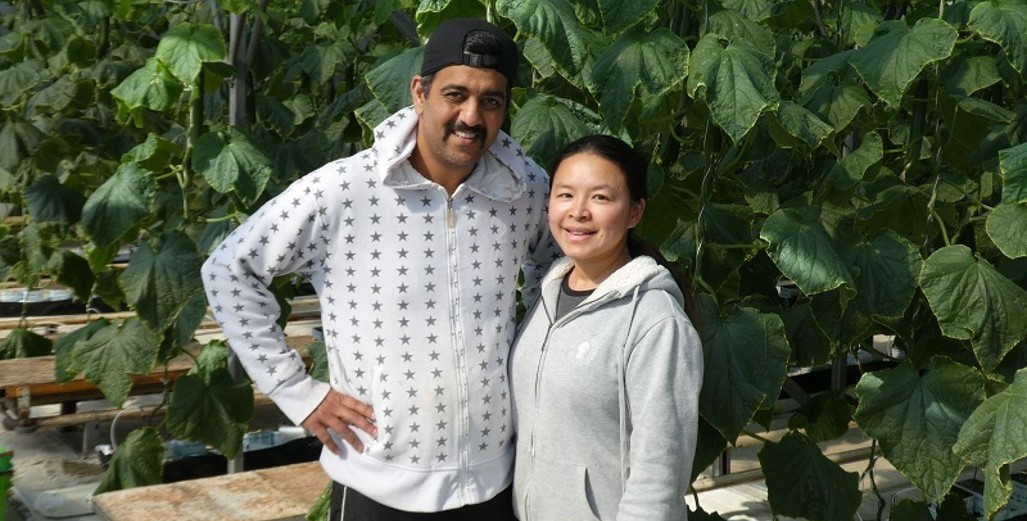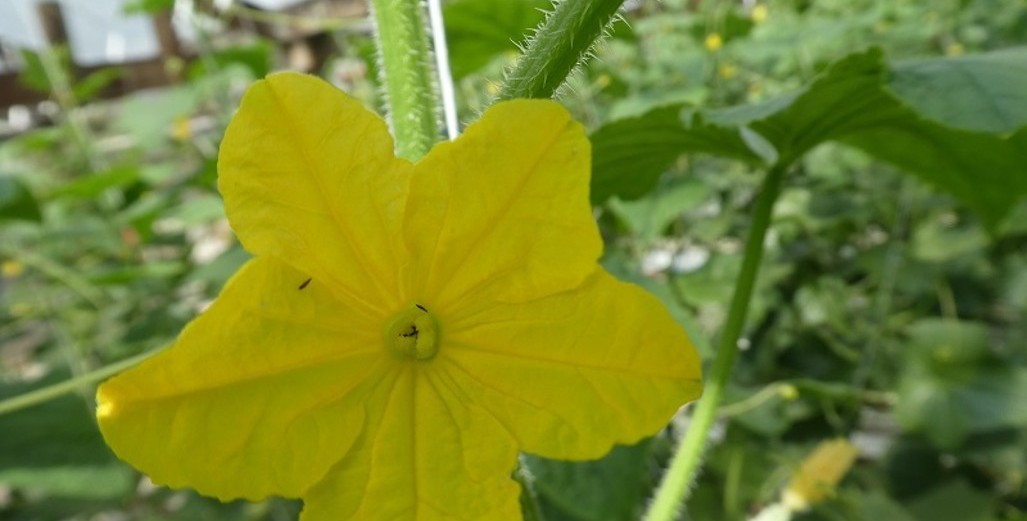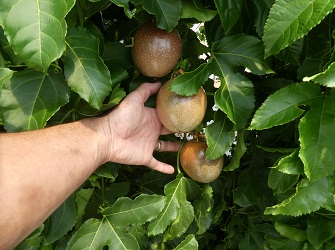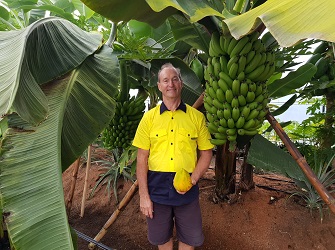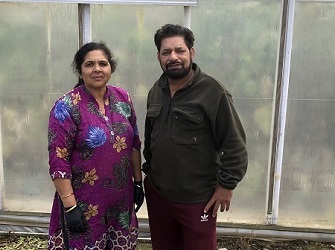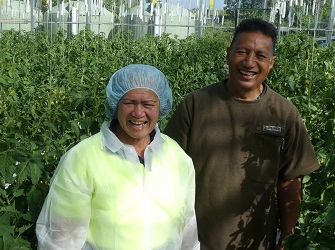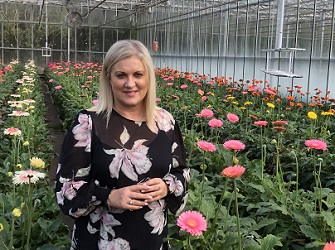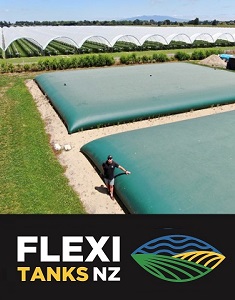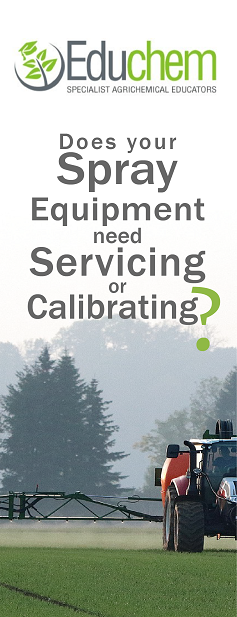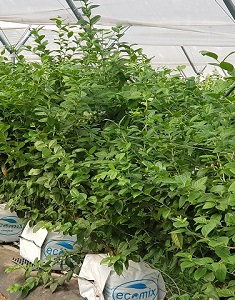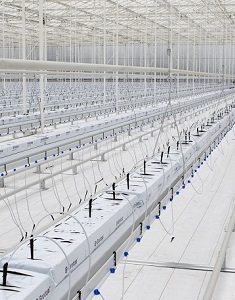Sign up here to subscribe to the Grower2grower Ezine. Every two weeks you will receive new articles, specific to the protected cropping industry, informing you of industry news and events straight to your inbox.
Oct 2022
Setting an Issue
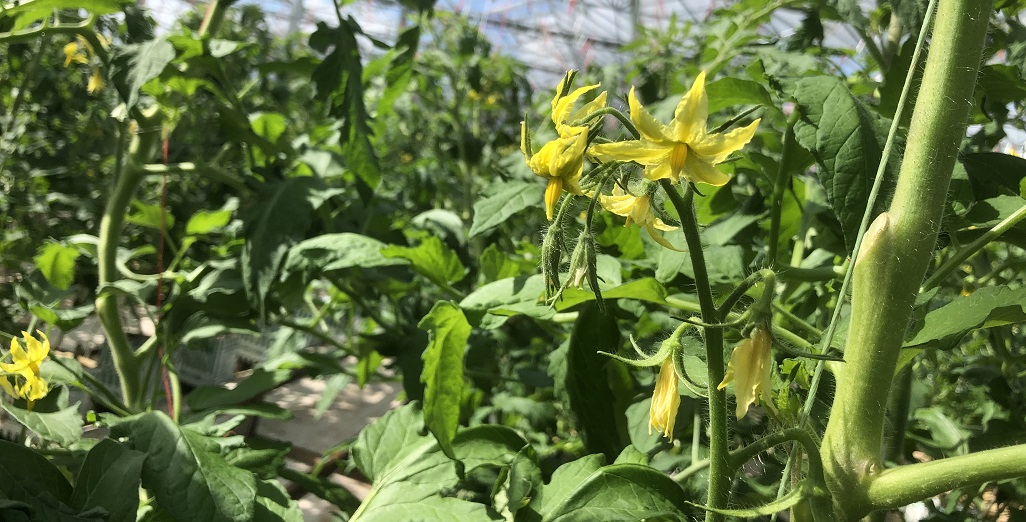
Frequent problem that is back like clockwork
Time is precious and growers are extremely busy, so here are some very brief bits of information to refresh you.
Bumble Bees:
Every spring, without fail, growers report issues with flowers setting. I always had this issue with my (tomato) crops as I lived next door to a nashi pear orchard. My bees would desert me at blossom time for greener (tastier) flowers.
It may not be just down to bees escaping outside – it is too easy to blame bee pressure – although this will certainly help. Flowering speed is rapidly increasing therefore you will require to cumulatively increasing bumble bee pressure.
Fertiliser:
A particularly important message is to conduct water analysis as your plants may be lacking in potassium. A water analysis is especially important as the weather has totally changed from a month ago – the speed at which the light intensifies in NZ is quite astonishing.
Plant Stress:
With the rapid growth rates, fruit numbers will also be lifting – adjusting to the intense weather with this increased fruit load will put plants under stress (like yesterday 23/10). Plants under stress may abort at the flower setting stage – this is common in certain varieties – so even if you do everything correct you may still end up with some abortion. Diffused coatings on glasshouse rooves should now be considered as the light intensifies and especially on varieties that are sensitive.
Tap your wires:
I never thought I would say this (in NZ) but if all else fails try tapping your crop wires. Hand pollinating is not something I would ever do but after seeing one of my growers achieve an acceptable set last year it may be a short-term solution. I would stick with the bumble bees long term.

For growing advice contact stefan@grower2grower.co.nz
Article written and compiled by Stefan Vogrincic
All Article’s checked and edited by Marie Vogrincic
I appreciate your comments. Please feel free to comment on the grower2grower Facebook page:
https://www.facebook.com/StefanGrower2grower/
CLASSIFIED
Photo
Gallery
Subscribe to our E-Zine
More
From This Category

Ground cover: woven weed mat or solid plastic… or both?
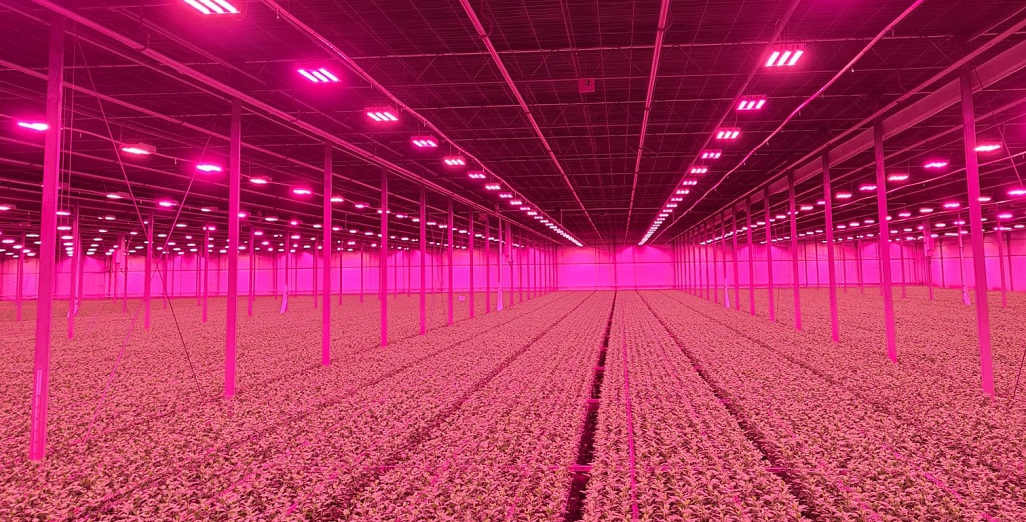
Integration of Philips GrowWise control system with climate computer allows Huisman Chrysanten to light more effectively and efficiently

New Philips GreenPower LED toplighting force 2.0

Condensation re-visited

Philips GrowWise Research Center to test and showcase intelligent lighting
